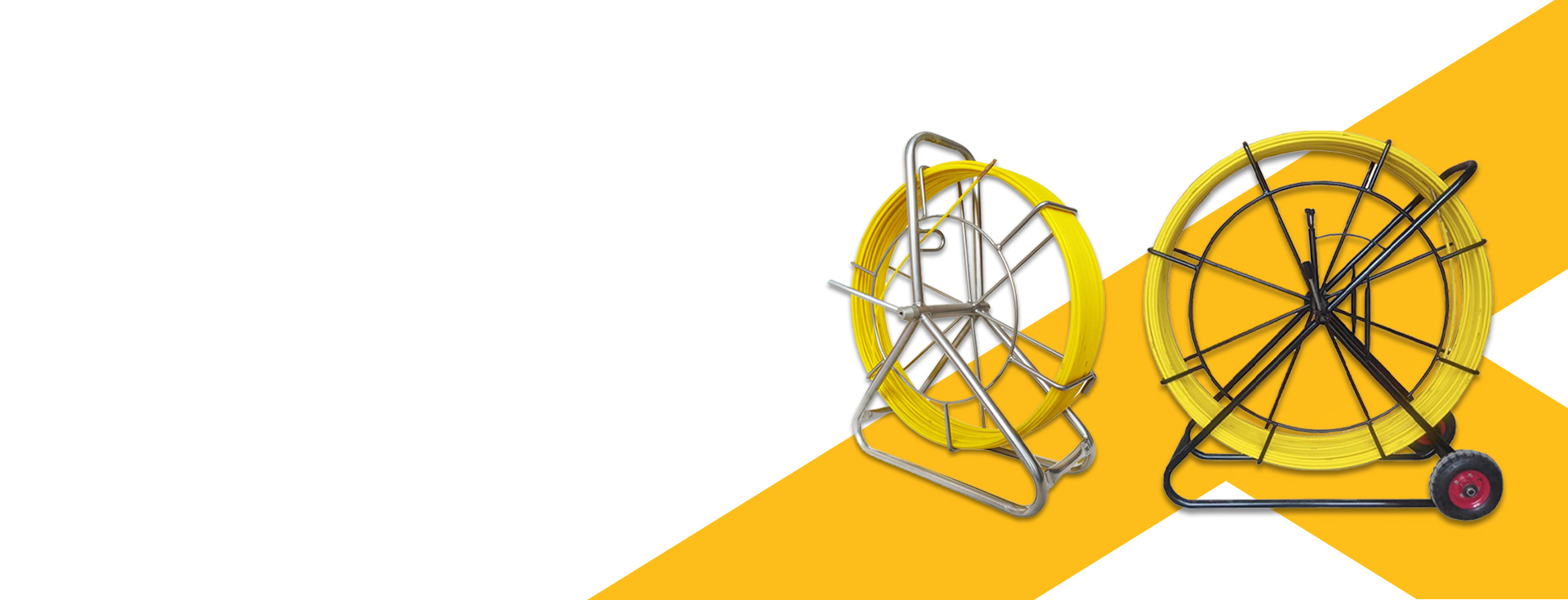
-
 Afrikaans
Afrikaans -
 Albanian
Albanian -
 Amharic
Amharic -
 Arabic
Arabic -
 Armenian
Armenian -
 Azerbaijani
Azerbaijani -
 Basque
Basque -
 Belarusian
Belarusian -
 Bengali
Bengali -
 Bosnian
Bosnian -
 Bulgarian
Bulgarian -
 Catalan
Catalan -
 Cebuano
Cebuano -
 Corsican
Corsican -
 Croatian
Croatian -
 Czech
Czech -
 Danish
Danish -
 Dutch
Dutch -
 English
English -
 Esperanto
Esperanto -
 Estonian
Estonian -
 Finnish
Finnish -
 French
French -
 Frisian
Frisian -
 Galician
Galician -
 Georgian
Georgian -
 German
German -
 Greek
Greek -
 Gujarati
Gujarati -
 Haitian Creole
Haitian Creole -
 hausa
hausa -
 hawaiian
hawaiian -
 Hebrew
Hebrew -
 Hindi
Hindi -
 Miao
Miao -
 Hungarian
Hungarian -
 Icelandic
Icelandic -
 igbo
igbo -
 Indonesian
Indonesian -
 irish
irish -
 Italian
Italian -
 Japanese
Japanese -
 Javanese
Javanese -
 Kannada
Kannada -
 kazakh
kazakh -
 Khmer
Khmer -
 Rwandese
Rwandese -
 Korean
Korean -
 Kurdish
Kurdish -
 Kyrgyz
Kyrgyz -
 Lao
Lao -
 Latin
Latin -
 Latvian
Latvian -
 Lithuanian
Lithuanian -
 Luxembourgish
Luxembourgish -
 Macedonian
Macedonian -
 Malgashi
Malgashi -
 Malay
Malay -
 Malayalam
Malayalam -
 Maltese
Maltese -
 Maori
Maori -
 Marathi
Marathi -
 Mongolian
Mongolian -
 Myanmar
Myanmar -
 Nepali
Nepali -
 Norwegian
Norwegian -
 Norwegian
Norwegian -
 Occitan
Occitan -
 Pashto
Pashto -
 Persian
Persian -
 Polish
Polish -
 Portuguese
Portuguese -
 Punjabi
Punjabi -
 Romanian
Romanian -
 Russian
Russian -
 Samoan
Samoan -
 Scottish Gaelic
Scottish Gaelic -
 Serbian
Serbian -
 Sesotho
Sesotho -
 Shona
Shona -
 Sindhi
Sindhi -
 Sinhala
Sinhala -
 Slovak
Slovak -
 Slovenian
Slovenian -
 Somali
Somali -
 Spanish
Spanish -
 Sundanese
Sundanese -
 Swahili
Swahili -
 Swedish
Swedish -
 Tagalog
Tagalog -
 Tajik
Tajik -
 Tamil
Tamil -
 Tatar
Tatar -
 Telugu
Telugu -
 Thai
Thai -
 Turkish
Turkish -
 Turkmen
Turkmen -
 Ukrainian
Ukrainian -
 Urdu
Urdu -
 Uighur
Uighur -
 Uzbek
Uzbek -
 Vietnamese
Vietnamese -
 Welsh
Welsh -
 Bantu
Bantu -
 Yiddish
Yiddish -
 Yoruba
Yoruba -
 Zulu
Zulu


Oct . 08, 2024 04:13 Back to list
pool bonding ground rod
Understanding Pool Bonding and the Importance of Ground Rods
In the realm of pool safety and electrical installations, the concepts of bonding and grounding are crucial yet often misunderstood. For homeowners with swimming pools, understanding these principles can ensure not only compliance with safety codes but also the protection of pool users from electrical hazards. Among the core components of pool safety are pool bonding and the use of ground rods, which play a vital role in creating a safe swimming environment.
What is Pool Bonding?
Pool bonding is the process of connecting all metallic components within and around the pool to a common ground. This includes pool ladders, lighting fixtures, pumps, heaters, and even the pool itself. The primary aim of bonding is to eliminate any potential voltage differences between these metallic components. In the event of a fault, such as a short circuit, bonding provides a path of least resistance for electrical current, helping to prevent dangerous electrical shocks.
The National Electrical Code (NEC) sets forth standards for pool bonding to ensure the safety of pool installations. By properly bonding the pool, any stray electrical currents are safely directed into the ground, effectively protecting individuals who may be in or near the water.
The Role of Ground Rods
Ground rods are a critical part of the grounding system in any electrical installation, including pool setups. A ground rod is a metal rod driven into the earth to provide a physical connection to the ground. This connection acts as a safety net, directing excess electricity away from the electrical systems and into the earth, ultimately preventing damage to electrical devices and reducing the risk of electrical shock to humans.
pool bonding ground rod

When it comes to swimming pools, ground rods help establish a reliable grounding system that complements the bonding process. The NEC typically mandates the installation of ground rods for residential pools to ensure that any electrical faults are efficiently dissipated into the ground.
Installation and Compliance
The installation of bonding and grounding systems must be conducted by licensed professionals familiar with local codes and regulations. Typically, this involves connecting various components using appropriate bonding conductors and ensuring that ground rods are installed at the correct depth and distance from the pool's edge.
Proper installation not only ensures compliance with safety codes but also maximizes protection against electrical hazards. Neglecting to bond and ground your pool appropriately can lead to severe consequences, including electric shocks that could cause injury or even death.
Conclusion
In summary, understanding pool bonding and the role of ground rods is critical for any swimming pool owner. These safety measures not only comply with legal standards but also provide peace of mind for users enjoying poolside activities. With the potential dangers associated with electricity and water, prioritizing these safety practices is essential. As a final note, always consult certified electricians to evaluate and install proper bonding and grounding systems, ensuring a safe and enjoyable swimming experience for everyone involved. By taking these precautions seriously, pool owners can contribute to a safer community and mitigate the risks associated with electrical hazards in and around swimming pools.
Latest news
What Are Construction Tools and How Are They Used?
NewsJul.11,2025
Professional-Grade Duct Rodding Tools for Superior Cable Installation
NewsJul.11,2025
Enhancing Safety and Efficiency with Modern Hot Stick Solutions
NewsJul.11,2025
Empowering Cable Installation with Advanced Rodder Solutions
NewsJul.11,2025
Elevate Your Cable Installation Projects with Cable Pulling Tools
NewsJul.11,2025
Efficient Cable Handling Solutions: Cable Rollers for Sale
NewsJul.11,2025











